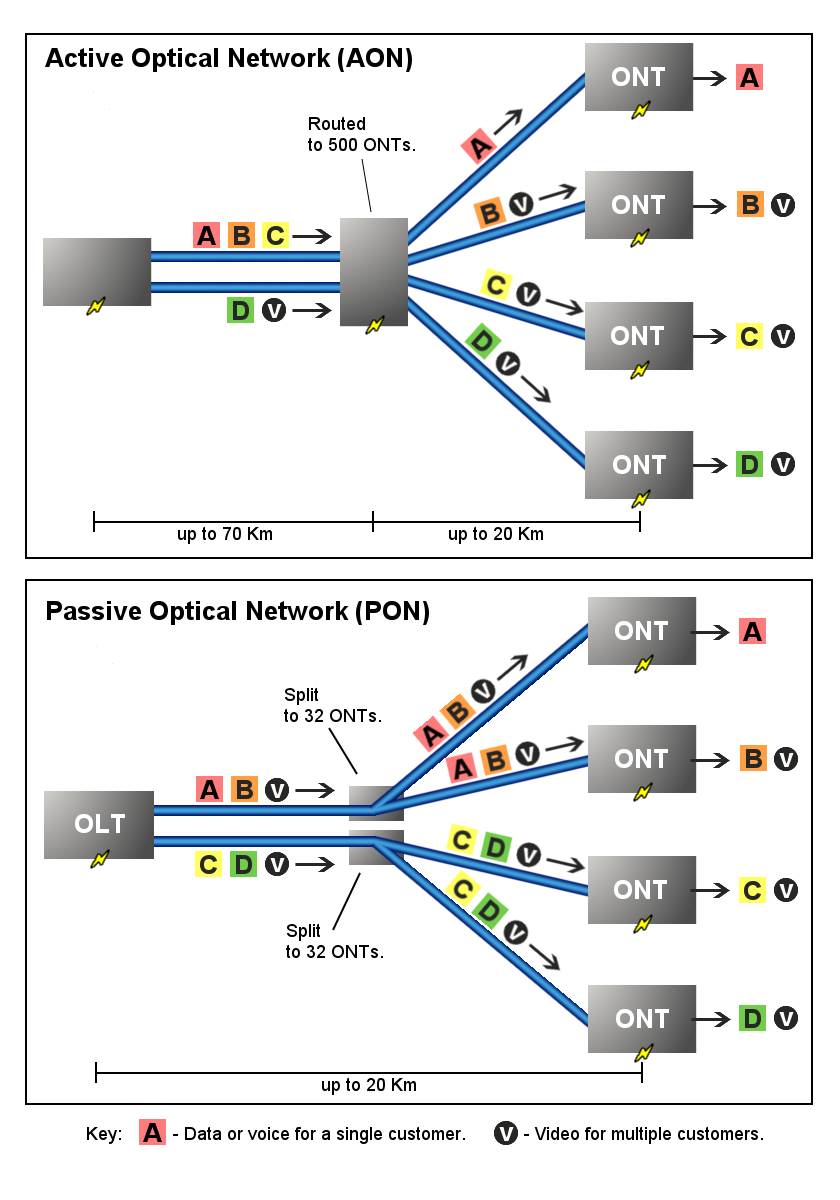The Advertiser and the Advocate covered the introduction of the company that will design and oversee the building of Lafayette’s fiber to the home project yesterday at TechSouth. It will be a significant construction project and Atlantic Engineering is the leader in its are. From the Advocate:
Atlantic Engineering Group of Atlanta has designed and/or built 14 of the 20 municipally owned citywide fiber-to-the-home networks like that planned by LUS.
Lafayette’s will be the largest in the country, said James Salter, Atlantic Engineering’s CEO.
The Advertiser specifies that it will be the largest fiber project in terms of homes passed and that the runner-up is another AEG project in Clarkesville, TN.
Both papers emphasize that one parameter of the project will be to make it “future-proof:”
Terry Huval, LUS director, said it is hoped Lafayette will have a fiber network designed to accommodate future technological changes and be the most advanced telecommunication system in the world.
That matches what I’ve been told–by officials and by field techs–and that mixed systems are contemplated. While the teams inclination is still toward a GPON (aka P2MP) network emphasis is on overprovisioning the fiber enought to support both AON (aka P2P) and selective use of Home Run architectures. That pretty much covers the whole range of possibilities and would be pretty innovative. (Is all that is Greek to you? Try the recent post that dealt with architectures for a quickish background.)
Salter, the AEG CEO, emphasized that he was worried about keeping up with demand:
Salter said the most important lesson his company has learned is how difficult it can be to keep up with customer demand.
Because of the high-profile fight over the past three years to allow LUS to enter into the telecommunications business — the state Supreme Court gave its OK earlier this year — there’s a lot of “pent-up demand,” from customers who want LUS service as soon as possible, Salter said.’…
Atlantic Engineering will also work to make sure that enough preparation is done to meet, as best as possible, what is expected to be “extraordinarily high demand,” Salter said.
That isn’t bravado, though many readers might dismiss it as such. It is an honest concern based on AEG’s recent experience. In the Bristol project the biggest problem has been that the system was built assuming a best-case scenerio of a 50% take rate–few really thought that selling fiber services to even half of the homes passed was realistic. Only a few years into the project it is already past that point–and some expensive new laying of supporting fiber has to be done. Now more success than you could have imagined is a great problem to have–but it is a problem that a conscientious system designer will want to avoid. My understanding is that the current idea is to provision enough fiber to cover a 100% take rate from the beginning.
